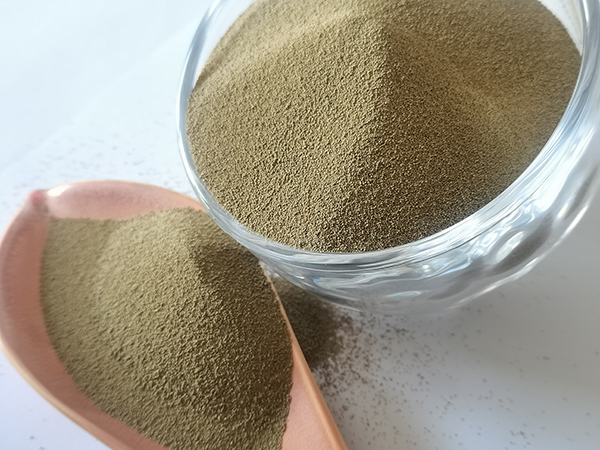Types of Sand Casting An Overview
Sand casting, a popular and versatile manufacturing process, has been utilized for centuries to create metal parts with complex geometries. This method employs sand as the primary molding material, allowing for excellent detail and precision. There are different types of sand casting techniques, each with its unique properties and applications. In this article, we will explore the various types of sand casting processes, their advantages, and their specific uses.
1. Green Sand Casting
Green sand casting is the most traditional form of sand casting. It involves a mixture of sand, clay, and water, which creates a natural bond. The term green refers to the fact that the mold is not baked or cured, allowing it to retain moisture. This method is particularly advantageous because of its low cost and ease of use. Green sand casting is commonly used for producing medium to large parts, especially in the automotive and aerospace industries. The molds can be easily shaped, providing high dimensional accuracy and surface finish.
In dry sand casting, the molds are created using sand that is mixed with a binding agent and baked in an oven. This process hardens the sand, allowing for better strength and durability. The result is a more rigid mold compared to green sand casting. Dry sand molds are generally used for high-volume production runs and can withstand higher temperatures, making them ideal for casting metals with higher melting points. This technique is favored for creating complex parts that require superior surface finish and dimensional accuracy.
3. Nobake Sand Casting
types of sand casting

Nobake sand casting, also known as cold box casting or chemically bonded sand casting, uses a mixture of sand and a chemical binder that hardens at room temperature. This method does not require baking, and the molds can be assembled directly after the sand mixture is formed. Nobake sand casting provides excellent mold strength and can produce high-quality castings with intricate details. This technique is commonly used in industries such as construction, power generation, and heavy machinery.
4. Permanent Mold Casting
While not purely sand casting, permanent mold casting often incorporates sand molds. In this process, reusable molds made of metal are employed, which can reduce production costs for high-volume runs. Sand is used in conjunction with metal molds to improve the casting surface finish and minimize defects. This method is suitable for producing parts that require high dimensional accuracy and fine detail, often seen in the production of small to medium-sized components.
5. Lost Foam Casting
Lost foam casting is another innovative casting process that utilizes sand but replaces traditional patterns with foam patterns. The foam is coated in a sand mixture that hardens upon exposure to heat. When molten metal is poured into the sand mold, it vaporizes the foam, creating a cavity in the shape of the desired part. This method allows for complex geometries and is particularly useful in the automotive and aerospace industries, where lightweight and intricate components are essential.
Conclusion
Each type of sand casting method has its strengths and is suited for different applications. Green sand casting remains the most common due to its cost-effectiveness and versatility, while dry and nobake sand casting offer enhanced precision and durability for specific needs. Additionally, techniques such as permanent mold casting and lost foam casting provide innovative alternatives for producing high-quality and complex parts. Understanding these various methods is crucial for engineers and manufacturers when selecting the most suitable casting process for their unique requirements, ultimately leading to more efficient and effective production practices.
Post time:11월 . 28, 2024 07:16
Next:Examples of Products Made Using Sand Casting Techniques
